Note
How did magicians back in the day make seals? Was there a science behind it or was it intuitive?
That's a really good question! The answer is extremely complicated!
When most people these days think of seals they think of goetic seals. But the terminology of "seals" actually comes from the idea of sealing a letter. Specifically, it refers to one of the many apocryphal versions of the story of Solomon and Ashmedai, in which king Solomon uses a signet ring with a special magical symbol on it to command demons.
Now, this is one of those biblical stories that people went absolutely nuts for. Jews, Christians, Muslims, damn near every abrahamic faith has their own take on the story, because let's be honest here it's cool as fuck.
But! The original story from the Tanakh doesn't refer to the seal at all, and focuses much more on controlling the sheyd with manacles inscribed with a secret name of God. The inherent magical power of names of God is a common trope in Jewish literature, but later versions of the tale also include greco-egyptian ideas about the inherent magical properties of language, forms, and mathematics.
So when we look at a contemporary English version of a goetic seal, we are looking at something with literally thousands of years of compiled knowledge behind it. I wouldn't necessarily call it science, or intuition, I would describe it as systematic, and narrative. Closer to how campfire stories are improved over generations as people tell and retell them.
Look at this seal of Belial:
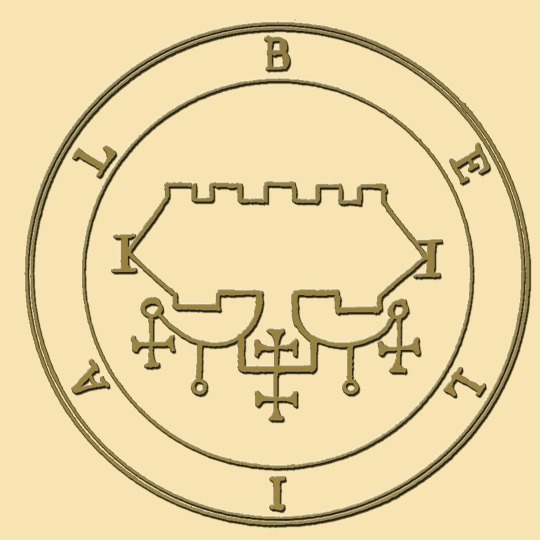
The idea of the seal itself? That goes back to Babylonian Jewish ideas about written text having power to control supernatural entities. (Google Babylonian curse bowls if you haven't already.)
See how the letters are spaced? That's important. That goes back to neopythagorean ideas about regular polygons being fundamental building blocks of the universe.
The little crosses? Those are probably cruciforms! That's how you can tell Christians were involved at some point.
See how some of the lines of the seal end in little loops? That goes back to ptolmaic Egyptian ideas about magic. If the crosses are cruciforms, these are probably ankh-forms! You see shapes like that all over magical texts from the 2nd-6th century Mediterranean!
These symbols are the result of dozens of cultures and people and languages collectively yes-anding each other for literally thousands of years. They are DENSE with meaning.
881 notes
·
View notes
Text
Feel free to direct them to me, if you want.
a lot of people have been coming to me asking for books and whatnot on different things and i just want to politely state i'm probably the one person who will not give you the answers your looking for. i struggle to read large chunks of unformatted text and properly digest large bits of information, like what's in books, because of my adhd, memory issues, and overall disability.
as a result, 99% of my learning has been learned firsthand, through fucking around and finding out. if you want to ask me about my experiences or want me to think of something original, go ahead! i'll probably have a much more satisfying answer. but when it comes to books i generally fall pretty flat on recs because, alas, i genuinely find it incredibly hard to read.
10 notes
·
View notes
Text

Lucifer’s Fall by Ludwig Fahrenkrog
719 notes
·
View notes
Text
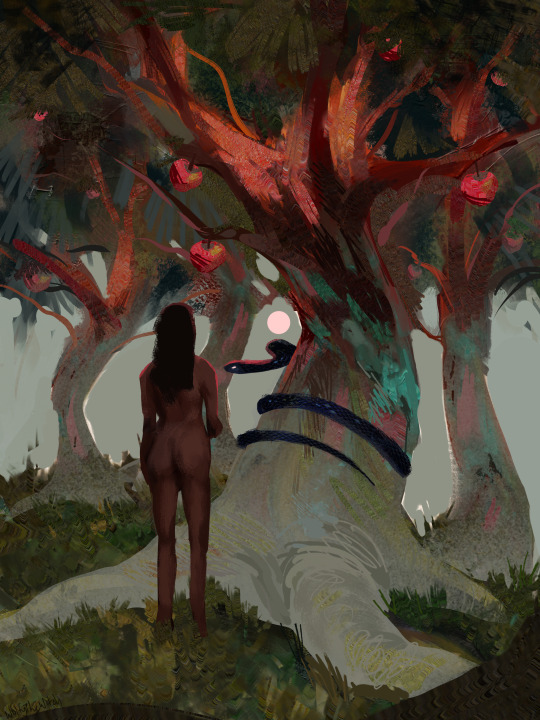
the serpent deceived me, and I ate
7K notes
·
View notes
Text
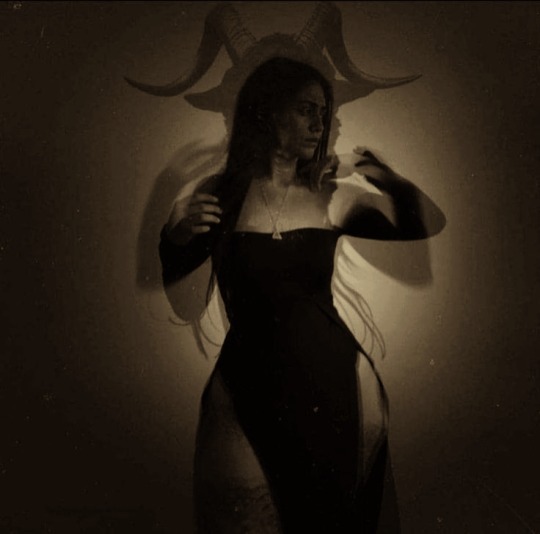

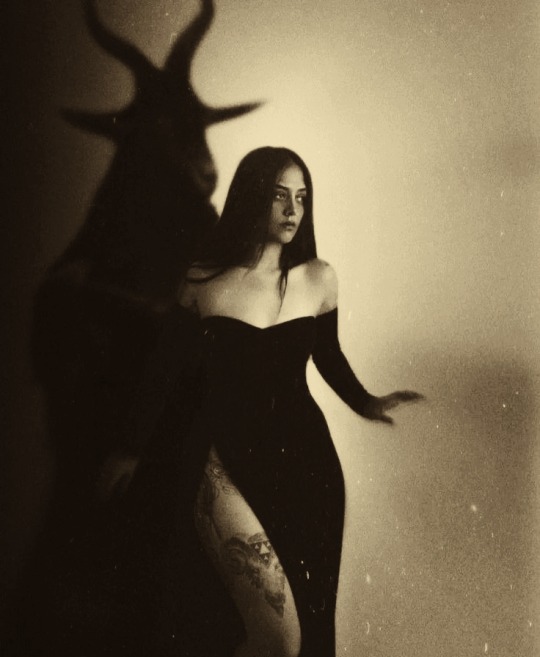
Dark photography by elsaaime on ig.
206 notes
·
View notes
Text
For every claim about Pagan survivals in European / North American folk traditions and holidays, it's important to remember that there are at least three layers of cruft on top:
Sixteenth- and seventeenth-century Protestants trying to discredit Catholicism by claiming that it was secretly Pagan
Nineteenth-century Romanticists and Nationalists trying to construct an "authentic" volkisch identity by connecting everything to a remote pre-Christian (pre-Jewish) antiquity, and
Contemporary Neopagans and New Agers who want to maintain these traditions.
8K notes
·
View notes
Text

Louise Bourgeois
I Have Been to Hell and Back
Fabric
2K notes
·
View notes
Text
don’t let the christian lie to you about who’s day tomorrow belongs to. because the real OG of easter is judas iscariot. congrats judas, your work (god’s plan) led to jesus’s crucifixion. and you should be proud of that
27 notes
·
View notes
Text
It's less "Occultism and bigotry are inherently intertwined" and more "people tend to spiritualize the values they already hold." Racist occultist, racist magic.
3K notes
·
View notes
Text

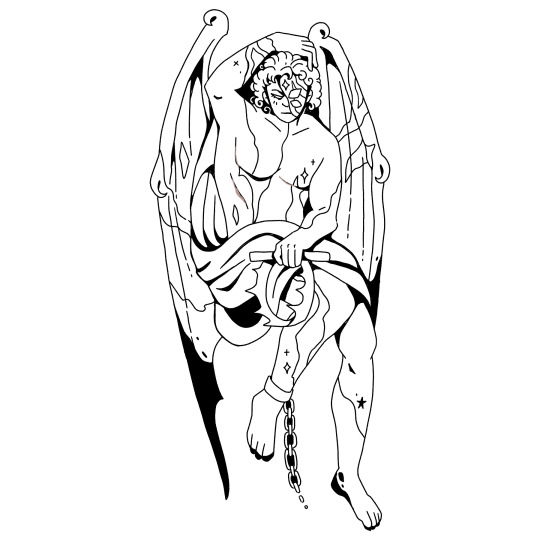
Gold Veined Quartz Angel - based on that one statue of Lucifer.
583 notes
·
View notes
Text
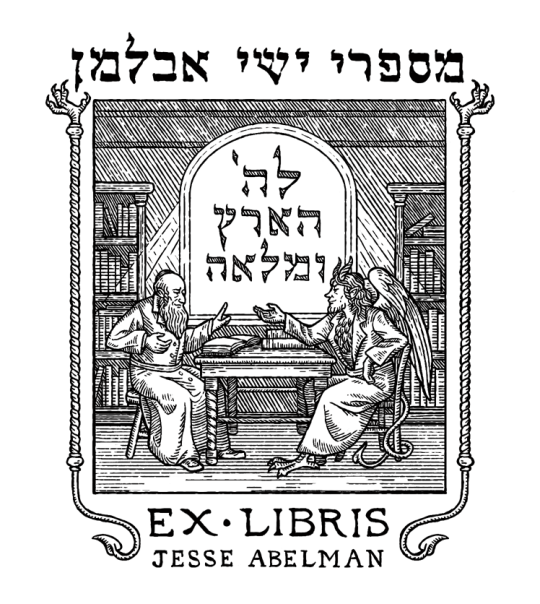
a really fun recent commission: this custom bookplate for the curator of Judaica at the Museum of the Bible! it's based on a variety of texts that describe (at least some) sheydim as observantly Jewish - especially the Talmudic stories of Yosef Sheyda, a demonic scholar or possibly even a rabbi himself. the quote in the window is from Psalm 24, "the earth is the Lord's, and everything in it" which is often written above an owner's name in Jewish books, but provides double meaning here for the fact that sheydim too are divinely created. Jesse shares my love for sheydim as transgressive, marginalized figures who are nevertheless deeply Jewish, so this was an ideal collaboration & a delight to make!
also done entirely in Procreate, inked with True Grit Texture Supply's "Rusty Nib" engraver brushes - totally in love with this new process & the relative ease of accomplishing this type/level of hatching vs. traditional media (giving me added respect for the 17th century printmakers I've been studying). i will always love working traditionally but adding more digital techniques to my repertoire has been super useful.
774 notes
·
View notes
Text
Just a quick reminder for those who don’t already know. Mari Silva (the “author” whose prolific collection of magic books you’ll find on Amazon) is not a person, author, or occultist. Rather, they do not exist at all.
The books are either content-farmed, or, at this point, likely LLM-generated. If that is your source for magical information, you’re likely to find disappointment. No actual occult author is publishing a book every four days.
702 notes
·
View notes
Photo
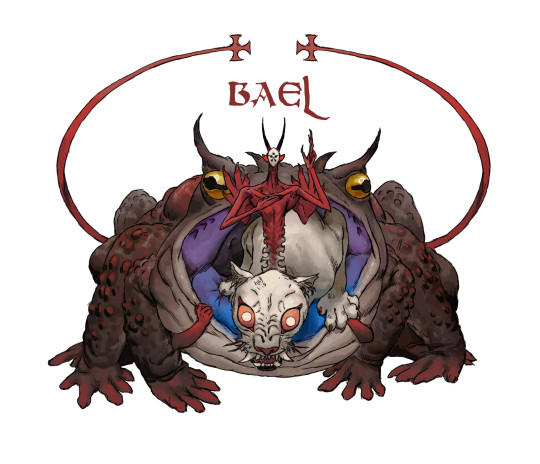
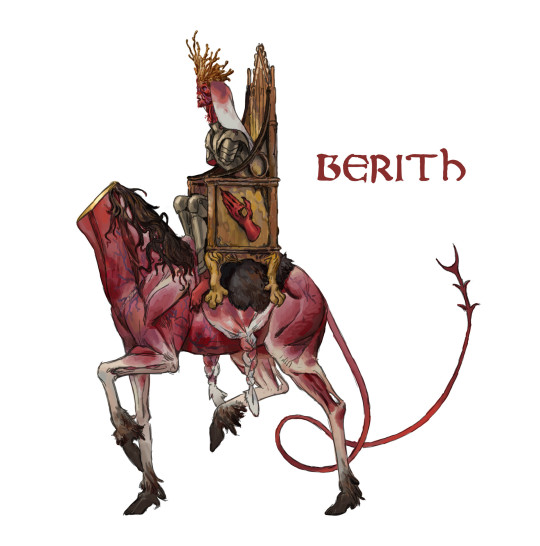
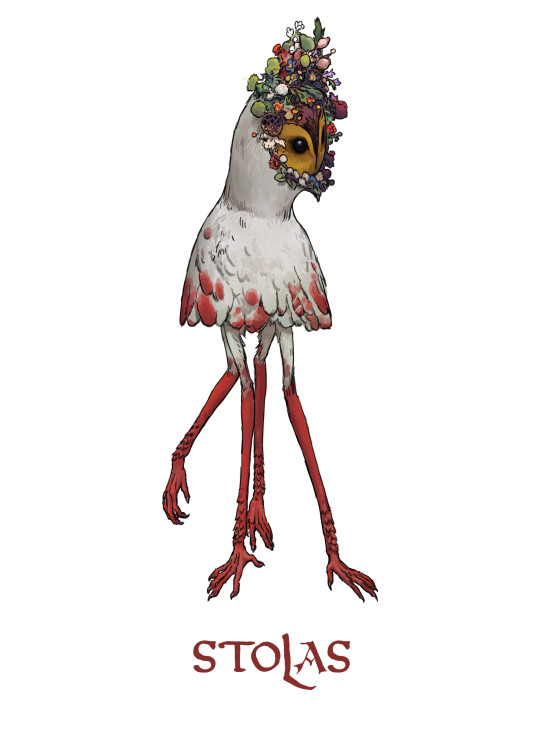


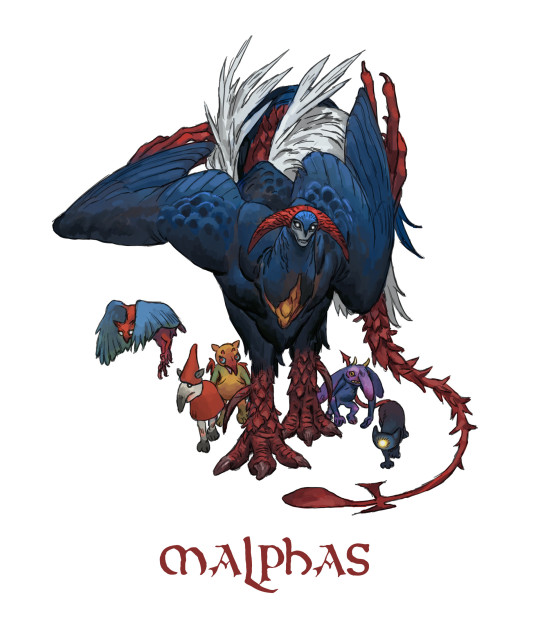




Ars Goetia Demons by Zhengyi Wang
6K notes
·
View notes
Text
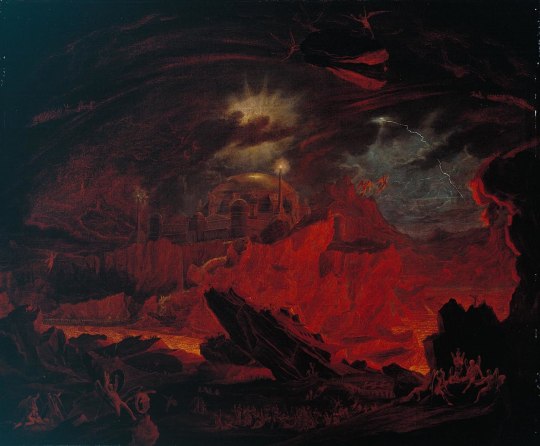
The Fallen Angels In Hell (1841) (John Martin)
690 notes
·
View notes
Text


Lucifer by Johannes Josephus Aarts, unknown date
51 notes
·
View notes
